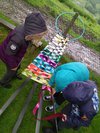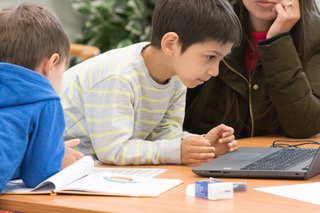
The Digital Festival was a perfect opportunity to announce our moonshot of 350 air quality projects on a crowd sourced map during 2019, adding these new projects to earlier activities and nudging towards our target.

The workshop for families during Leeds Digital Festival was focused around teams exploring some of the science behind air quality and programming their own air quality monitoring device to test during a walk in Roundhay Park.
Heath waiting like a good boy for his first-ever @LeedsDigiFest event: Making sense of air quality in Roundhay Park: a digital workshop and science walk, organised by @FDNdigicreate. #LeedsDigi19 #STEMdogs pic.twitter.com/VQzWvTlUkw
— LeedsDigitalFestival (@LeedsDigiFest) April 27, 2019
It was also a chance to hear about pollution in the world today through the eyes of 'Nicholas and his incredible eyesight' - a great book from Sotirios Papathanasiou.
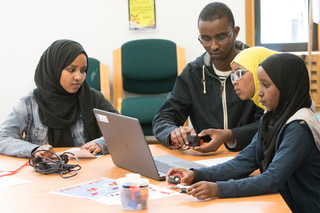
The aim of the event was a hands-on and active introduction to air quality and the internet of things for everyone, sharing current activities and monitoring programmes across the city region. The DEFRA map below showing 3 air quality monitoring stations in Leeds was of particular interest, raising questions and discussion about how more community readings can support individual decision making about healthier walks to school and work.
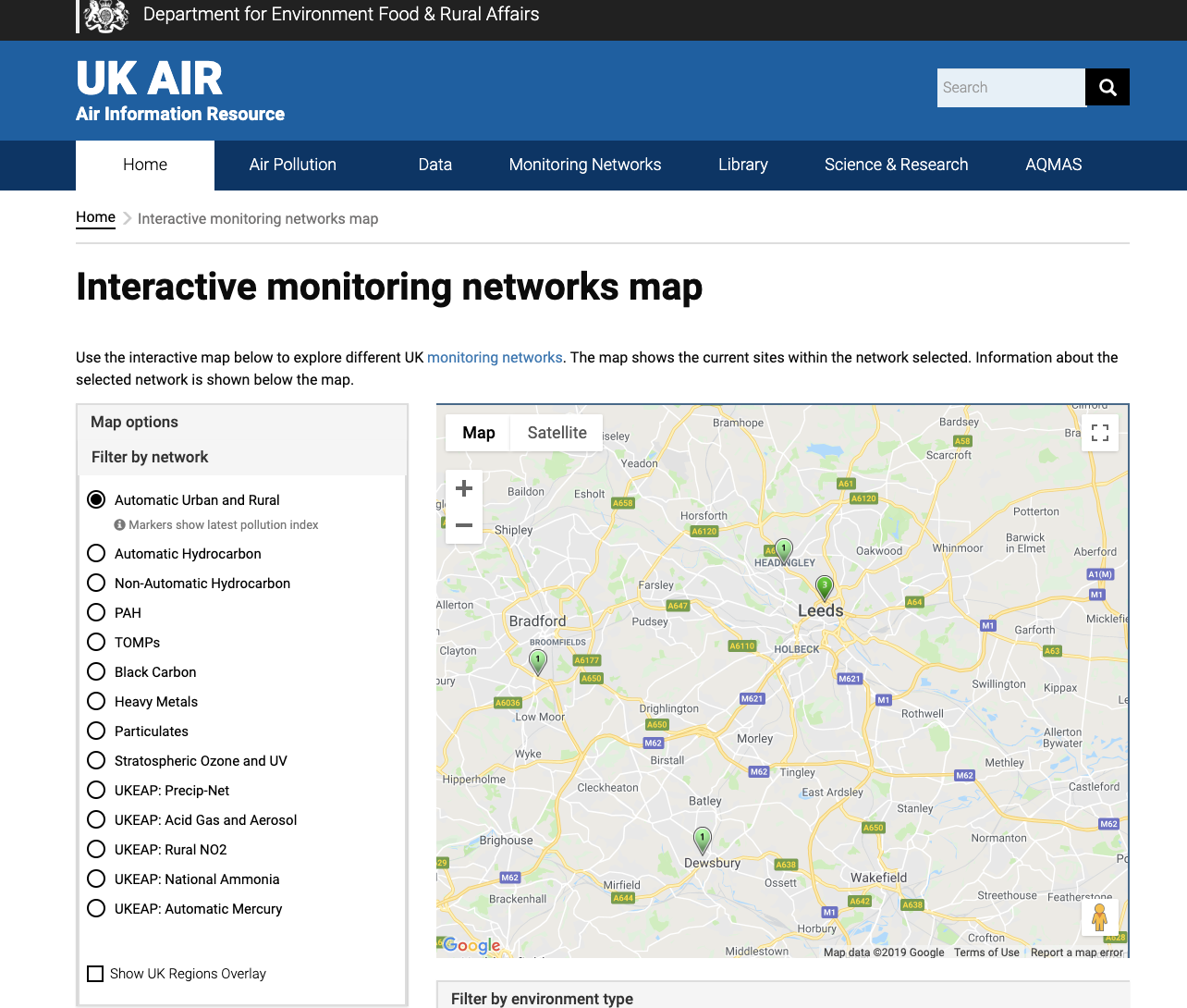
There's another difference as a programmer with our Internet of Curious Things workshops, and that's giving digital makers themselves a choice of algorithmic design.
Unlike the DEFRA monitoring stations that take a reading every hour, our families wanted to analyse more frequent measures of PM2.5 and PM10 in the air around them as they walked around the park. Final scripts included the trigger to collect and save data every 10 seconds.
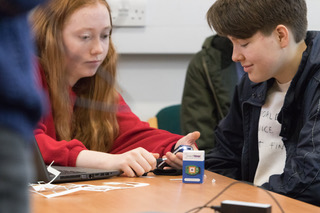
The teams constructed and programmed an outdoor air quality monitoring device and put the sensors through their digital paces around the park. Once back at the Education Centre, data science became the focus as families analysed the data collected and started to think about what it means and how it can help to inform changes to improve health and wellbeing.

We explored the different measures of air quality, including particulate matter and nitrogen oxide, alongside digital tools such as GPS to make more sense and changes about the quality of air that we breathe.
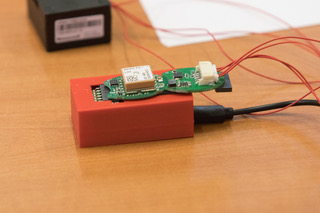
Tech list:
- GPS sensor available from Farnell
- Sensors attached to a TRIOT board but you could use a Raspberry Pi
- ]GitHub account for the Foundation for Digital Creativity](https://github.com/foundation-for-digital-creativity/air_quality/blob/master/main.py) has the files used for air quality.
- Download Mu Editor








